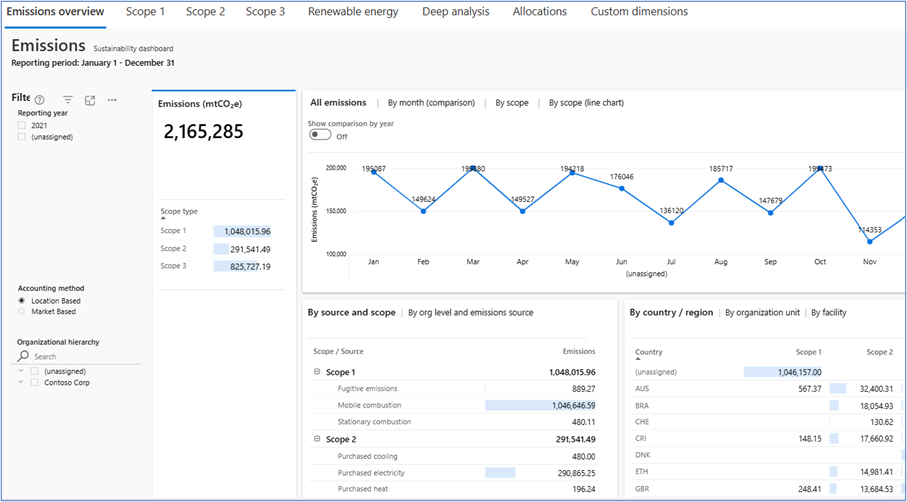If there is one thing that is on a lot of people’s mind at the moment, it is the environment. We all want to do our part in creating a more sustainable future for the next generations, from being more diligent with our recycling to the use of electric powered cars.
But did you know that it is also true that the organisations that we work for and with need to take their responsibilities seriously too? This is emphasised by the fact that the Corporate Sustainability Reporting Directive (CSRD) has come into effect as of 01 January 2023.
What is the CSRD?
The CSRD is a mandatory set of Sustainability reporting requirements that is estimated to affect over 50,000 companies in the EU and UK, but this number will increase significantly as more and more businesses are caught by the new regulations over the next three years. As with most reporting requirements, an overarching aim is to provide relevant and comparable information to existing and potential stakeholders.
The new requirements cover areas such as:
- Climate change impact assessment
- Pollution and carbon footprint
- Water and energy usage
One of the most interesting aspects of CSRD, is that these requirements not only cover your own organisation, but also that of your supply chain. Organisations will have to include their full environmental footprint in annual reports, so the need for a tool to help manage this onerous requirement becomes more and more critical.
Failure to comply with the requirements may result in significant fines and more importantly, lack of confidence from our investors and employees.
What can organisations do?
There is always a cost to organisations when it comes to adherence to new reporting requirements. The costs include investment in training, time taken to source the information, and diverting effort away from other important tasks. In other words, the need to capture new information, to analyse it and turn it into something meaningful can take a significant amount of time, money and effort.
So it makes sense to me that Microsoft were well ahead of the curve in introducing the Cloud for Sustainability.
In line with Microsoft being one of the first global organisations to be carbon-neutral since 2012, the Cloud for Sustainability allows organisations of all sizes to manage their impact on the environment in a simple and easy to implement way.
What is the Cloud for Sustainability?
Microsoft's Cloud for Sustainability is a CRM based platform that helps organisations measure, report, and reduce their environmental impact. It enables data-driven decision making, transparent reporting, and operational efficiency for sustainability goals. Integration to an existing finance solution is made possible by the DataVerse .
With an easy to use interface, information is presented in a range of formats, with an example shown below:

Some of the key features of the platform are:
- Track and manage your carbon footprint across multiple scenarios, as well as other environmental indicators such as water, waste, and biodiversity.
- Use data-driven insights to identify opportunities for efficiency, optimisation, and innovation.
- Align their sustainability goals with global standards and frameworks, such as the Science Based Targets initiative (SBTi), the Task Force on Climate-related Financial Disclosures (TCFD), and the United Nations Sustainable Development Goals (SDGs).

- Communicate their progress and achievements to stakeholders, customers, investors, and regulators.
- A unified data model that integrates data from various sources and formats, such as IoT devices, energy meters, and third-party applications.
- A dashboard that provides insights and recommendations on carbon emissions, water consumption, waste generation, and other environmental metrics.
- A set of tools and services that help optimise resource use, reduce costs, and improve performance across the organisation.
Next steps
If your business is facing challenges relating to CSRD, or you simply want to take a more pro-active approach to managing and reporting on your carbon impact talk to us at info@inciper.com


